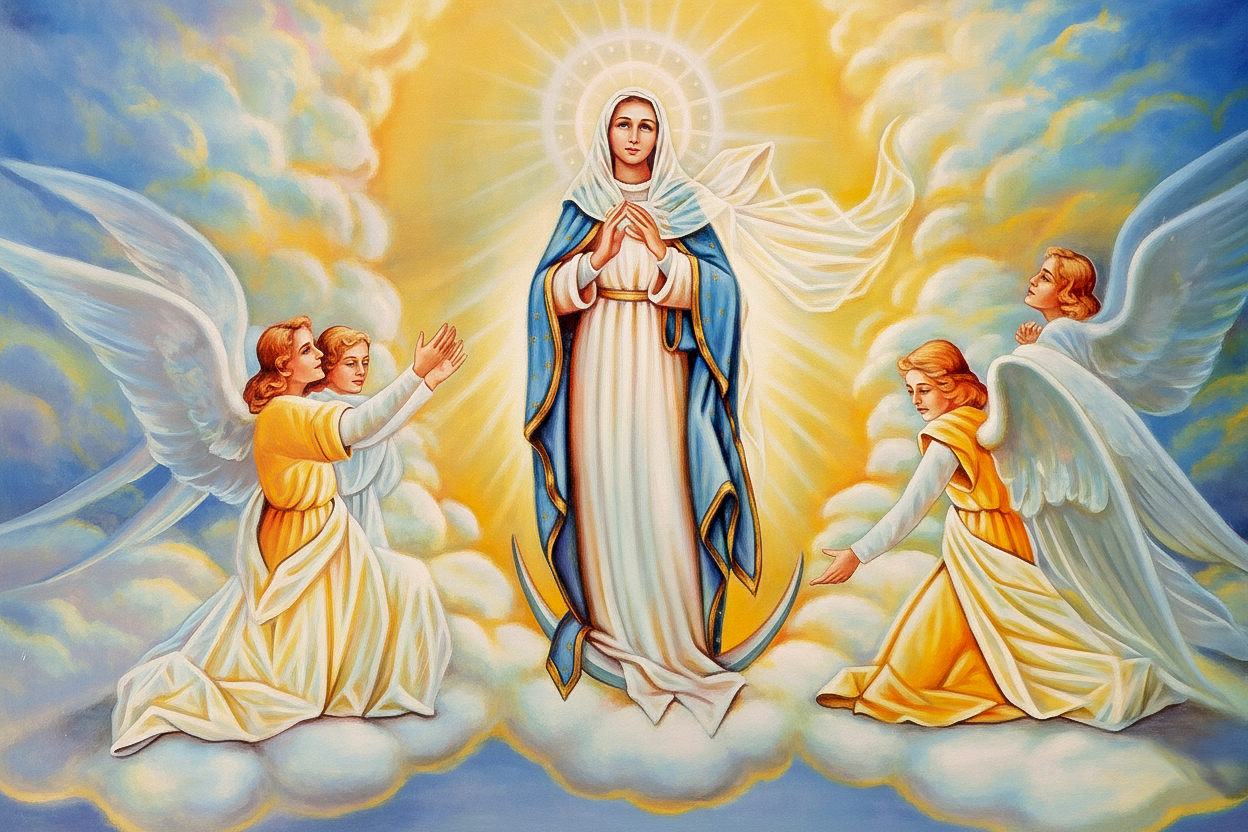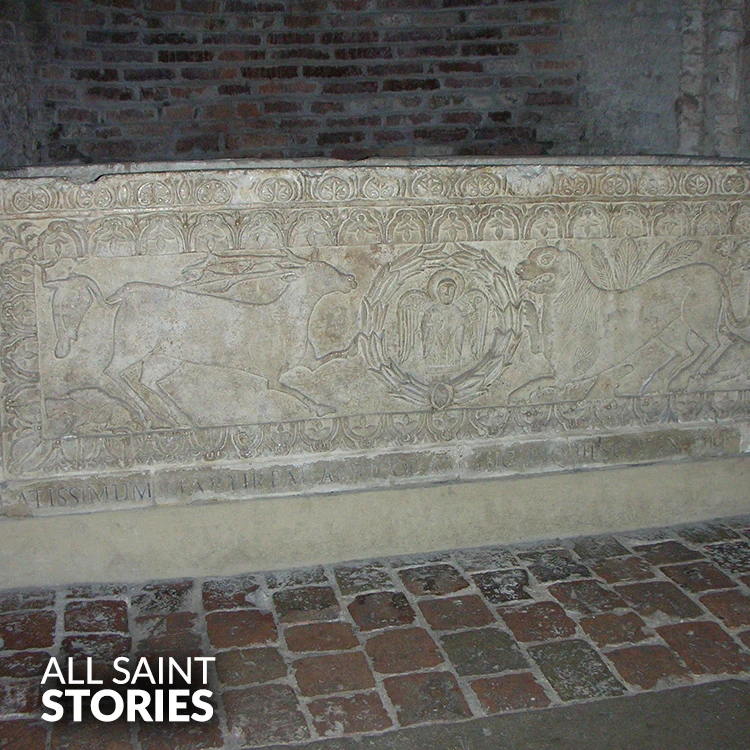
Saints Vitalis and Agricola were Christian martyrs from Bologna during the Diocletian persecution around 304 AD. Vitalis was the faithful servant of Agricola, a Roman nobleman. Both were tortured and killed for their faith—Agricola by crucifixion and Vitalis in the arena. Their relics were discovered by Saint Ambrose, who spread devotion to them. They symbolize the bond of faith between people of different social classes and the shared dignity of martyrdom.
Saints Vitalis and Agricola were martyred during the early 4th century, a time of great persecution of Christians under the Roman Emperor Diocletian. Their story, though relatively brief in historical documentation, holds significant spiritual value and has inspired Christian devotion for centuries.
Agricola was a nobleman of Bologna, a city in northern Italy. He was a Christian who lived out his faith quietly in a time when such a belief could lead to death. Vitalis was his servant, believed to have been converted to Christianity by Agricola. Their relationship was a profound example of Christian unity transcending social class—a nobleman and his servant bound together not only by work but also by a shared devotion to Christ.
When the persecution reached Bologna, Agricola and Vitalis were arrested for their faith. Vitalis was tortured and executed first. Tradition says he was made to fight in the arena, possibly against wild beasts or gladiators, though exact details are sparse. His martyrdom was intended to break Agricola's spirit and force him to renounce Christ. Instead, it strengthened Agricola’s resolve. Not long after, Agricola was crucified—an unusually cruel punishment for someone of his class.
After their deaths, the faithful preserved their memory, and their graves became places of veneration. Several decades later, around 393 AD, their relics were rediscovered by Saint Ambrose of Milan, one of the greatest bishops and theologians of the early Church. While visiting Bologna, Ambrose discovered their burial site and arranged for the translation of their relics. He placed them with honor in a newly built church and spoke publicly of their courage.
Ambrose also sent relics of the saints to Florence, where a young bishop named Saint John Chrysostom was inspired by them. This sharing of relics was a common way to spread devotion, and the cult of Saints Vitalis and Agricola grew beyond Bologna.
The story of their martyrdom is not just about death but about profound Christian love and courage. It reflects how discipleship can cross boundaries of class and rank. Vitalis, a servant, stood as firmly in his faith as his master. Agricola, a Roman noble, found his strength in God and refused to deny Christ even in the face of excruciating death.
The Basilica of Saints Vitalis and Agricola still stands in Bologna as a testament to their legacy. Their feast day, November 4, is recognized in the Roman Martyrology and continues to be honored particularly in Italy.
Their example reminds modern Christians of the cost of discipleship and the power of faith to unite individuals in the body of Christ. Whether servant or noble, each person is equal before God, and the witness of Vitalis and Agricola continues to offer strength to those who suffer for their faith.




 English
English
 Italian
Italian
 French
French
 Spanish
Spanish
 Malayalam
Malayalam
 Russian
Russian
 Korean
Korean
 Sinhala
Sinhala
 Japanese
Japanese
 Arabic
Arabic
 Portuguese
Portuguese
 Bantu
Bantu
 Greek
Greek
 German
German
 Dutch
Dutch
 Filipino
Filipino